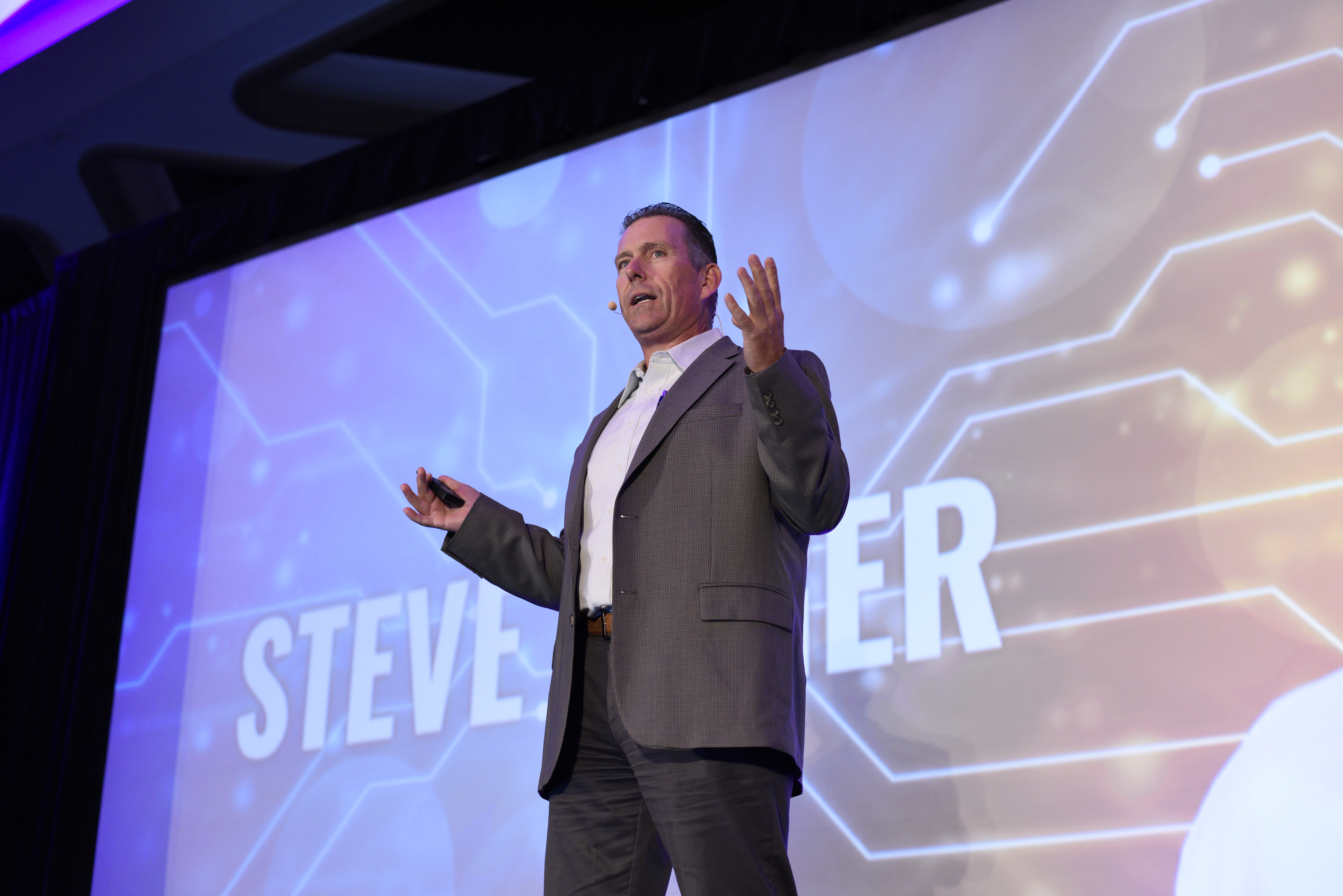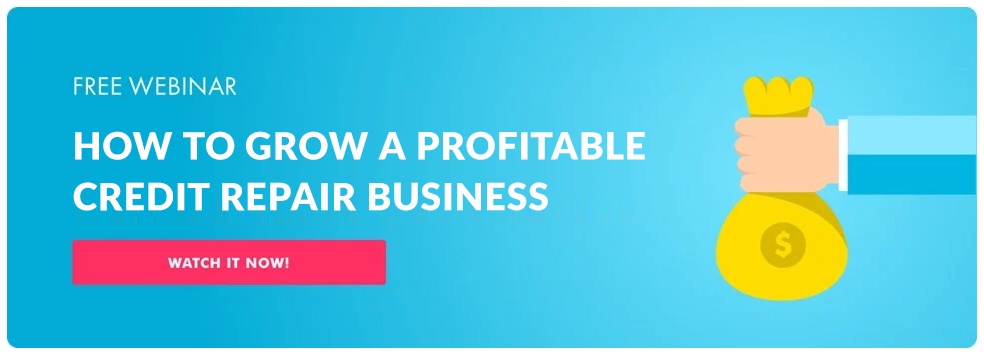Before a lender extends a line of credit for a mortgage, credit card, or personal loan, he or she must first determine the risk of the borrower: what are the odds this particular person will repay their loan?
On the surface, risk assessment makes sense, as lenders should be paid back for extending credit. However, the algorithms that determine risk, and who is allowed affordable financing, have long been a hot topic in the consumer finance world. The debate stems from how risk assessment is calculated, how different loan providers use different credit models, and how each model’s full calculations are shrouded in mystery.

Former Credit Bureau Executive Steve Reger explains what goes on behind the scenes during the 2019 Credit Repair Expo.
What we do know is that at least a portion of your creditworthiness is determined by the ‘five C’s’:
- Credit history
- Capacity to repay
- Capital
- Conditions of a loan
- Collateral of borrower
But, in addition to the five C’s, lenders may also use regression, decision trees, and statistical analysis calculations with data that may not be at all related to your credit history. The fact is, risk assessment algorithms are becoming more complex and less transparent. As a result, it has become increasingly difficult to understand why someone does or does not get accepted for financing or what factors determine one’s interest rate.
This article explores how an increasingly confusing risk assessment process within a traditional credit system creates a scary scenario for those who already have credit issues. Below, we’ll explore what credit repair businesses can do to help combat injustices.
Concerns About the Traditional Credit System
There are components baked into the current credit system that make it difficult for certain individuals to access affordable financing. Without access to credit, living life can be difficult.
For example, without a good credit score, or if your client is deemed a ‘credit risk,’ it is nearly impossible to:
- Obtain a mortgage
- Finance a vehicle
- Secure funding for higher education
It also means it’s more expensive or difficult to:
- Rent an apartment
- Activate utilities
- Land a job
Historically, loans in lower-income, racial minority neighborhoods are either unavailable or too expensive, which minimizes the opportunity for citizens to buy homes, purchase cars, or move out of the class system to which they belong.
Research shows that Black and Latinx people tend to have more difficulty obtaining financing than White or Asian people. Redlining, or the unfair mortgage practices that cut specific neighborhoods off from lending opportunities, is one of the specific issues that a make the credit system unfair between race and class. That’s because it often occurs in Black communities, and has stunted the Black community from building credit for decades.
For those who already have hurdles accessing credit in a traditional credit system, it may seem like the situation can’t get worse. Unfortunately, changing algorithms may cause further issues for underbanked and overlooked citizens.
Credit Considerations and Their Socioeconomic Impact
Over the last couple of years, financial services institutions have been taking risk assessment algorithms to a new level. Changes to the algorithms have begun including data points that may open the doors to further discrimination.
Consider Kreditech, an online lender that touts using more than 20,000 data points to assess someone’s risk before extending financials. Within those 20,000 data points, we know the company takes into consideration a borrower’s social media networks.
According to the company, ”being connected to someone who’s already paid back a loan with the company is usually a good indicator.” What that also means is that Kreditech is using guilt by association to determine creditworthiness. So, if you’re a low-income earner, and you’re connected to other low-income earners, your ability to secure a loan could be hindered based on your social group.
Other algorithms from start-up companies like Branch and Lenddo are using data points like cell phone data, how often a person changes cell numbers, and a person’s punctuation to decide whether they’re a credit risk or not.
Reading between the lines, link these data points with income and education levels — or a complex and confusing process change that makes it more difficult to prove credit system discrimination.
Are Increased Data Points in Algorithms Lawful?
In a perfect world, The Equal Credit Opportunity Act would hold up, and creditors in the United States wouldn’t be allowed to discriminate based on race, color, religion, national origin, sex, marital status, or age. However, proving an algorithm is discriminatory can be a challenge.
An essay by New America’s Open Technology Institute says these new algorithms are somewhat of a ‘Wild West’ because there aren’t rules and laws to govern unfair credit practices concerning technologically mediated discrimination.
Knowing that the lending climate is becoming more fierce and discriminatory means helping the underbanked and underserved is more crucial than ever. Credit repair businesses are the first line of defense for those who suffer from lending discrimination or the vicious cycle of debt.
Who Can Fight the Discrimination?
It’s a simple answer: you as a credit repair specialist can.
Many credit repair businesses are launched because the owners realize there is an imbalance of power between credit bureaus and those who need credit help. Credit repair specialists also understand how limited resources for legitimate help can be.
By taking part in the industry, your credit repair business can:
- Perform Simple Audits to uncover errors on their clients’ credit reports
- Submit credit dispute letter to correct errors discovered on a clients’ credit reports
- File hardship letters to help clients get back on their feet once caught in the cycle of debt
- Provide ongoing education to help clients learn smart personal finance and credit habits
As a credit repair business, you can equip your community with knowledge and hope while fighting together against a rigged system. For people who are caught in a one-down position with banks and credit bureaus, credit heroes like you give people another chance to live the life they want.













